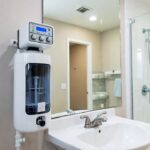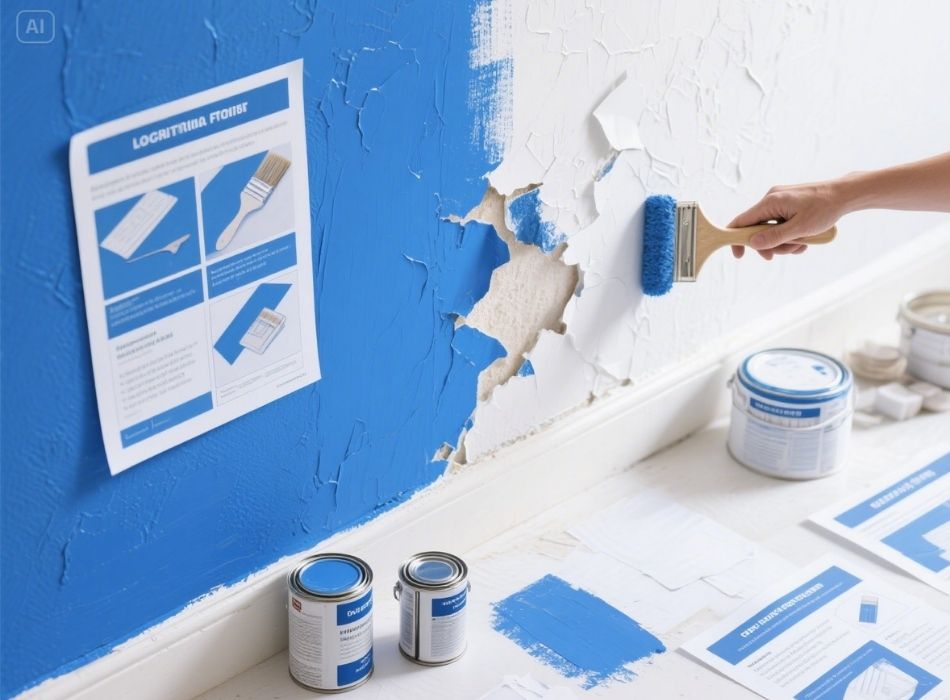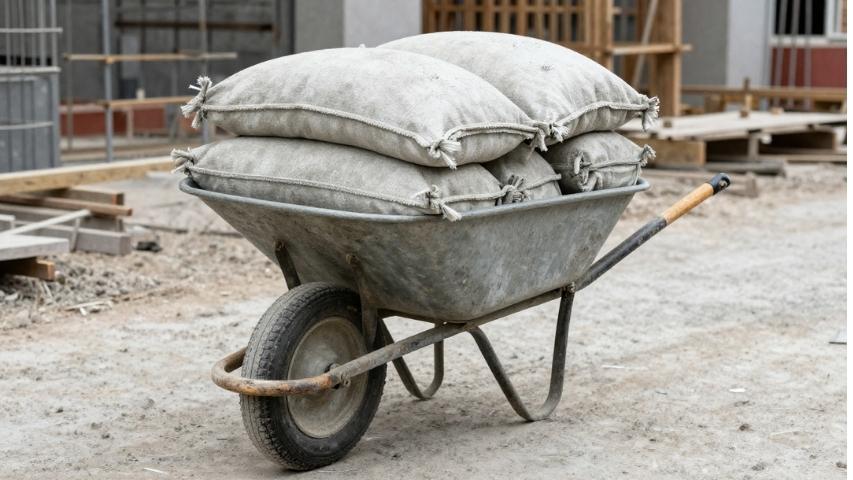Few things are as frustrating as spending time and effort painting a wall only to have the paint peel off in one clean layer. Not only does it undo all your hard work, but it also leaves you wondering what went wrong. Was it the paint, the wall, or your technique? Understanding why this happens can save you from facing the same issue in the future and help you maintain beautifully painted walls.
This blog dives into the most common reasons why paint peels off walls in a single layer. By the end of this guide, you’ll know what likely caused the problem and how you can prevent it from happening again.
The Science Behind Paint Peeling
Paint peeling occurs when the bond between the paint and the wall surface fails. This failure is often due to poor preparation, incompatible materials, or environmental factors affecting the adhesion over time. The result? Paint that lifts off the wall in one layer, exposing the surface underneath.
Now that we understand the basic concept, let’s explore the primary causes in more detail.
Common Reasons Why Paint Peels Off in One Layer
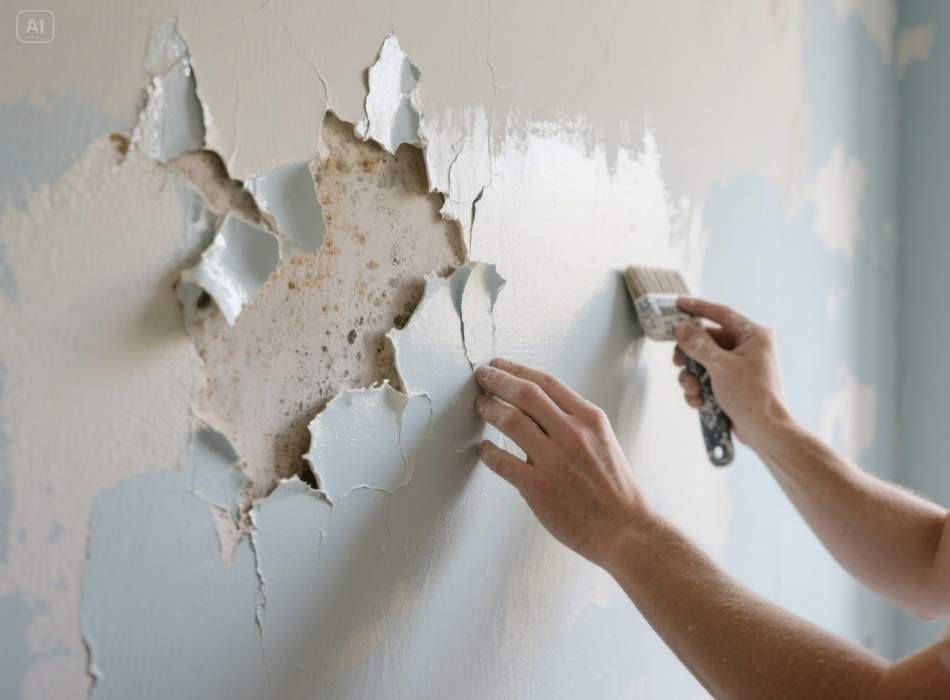
Poor Surface Preparation
One of the most common reasons for paint peeling is insufficient wall prep before painting.
Signs of Poor Preparation:
- Dust, grease, or dirt left on the wall.
- Glossy surfaces that were not primed or sanded.
- Moisture or mold on the wall surface.
Why It Matters:
Paint adheres best to clean, smooth, and primed surfaces. Painting over debris, grease, or a glossy finish compromises the paint’s adhesive qualities, leading to peeling once it dries and cures.
How to Fix It:
- Always clean your walls thoroughly to remove dirt and grease.
- Sand down glossy surfaces to create a rough texture for the paint to grip.
- Apply a high-quality primer before painting.
2. Using the Wrong Primer or No Primer
Skipping primer or using the wrong type for your surface is a recipe for disaster.
What Can Go Wrong:
- Paint struggles to stick to raw drywall, plaster, or surfaces like metal or glass without a primer.
- The primer and paint may be chemically incompatible, causing the paint to lift.
How to Fix It:
- Match your primer to the type of wall surface and paint you’re using. For example, latex paint pairs well with latex primer.
- For porous surfaces like drywall or plaster, consider a sealant primer to grip the paint better.
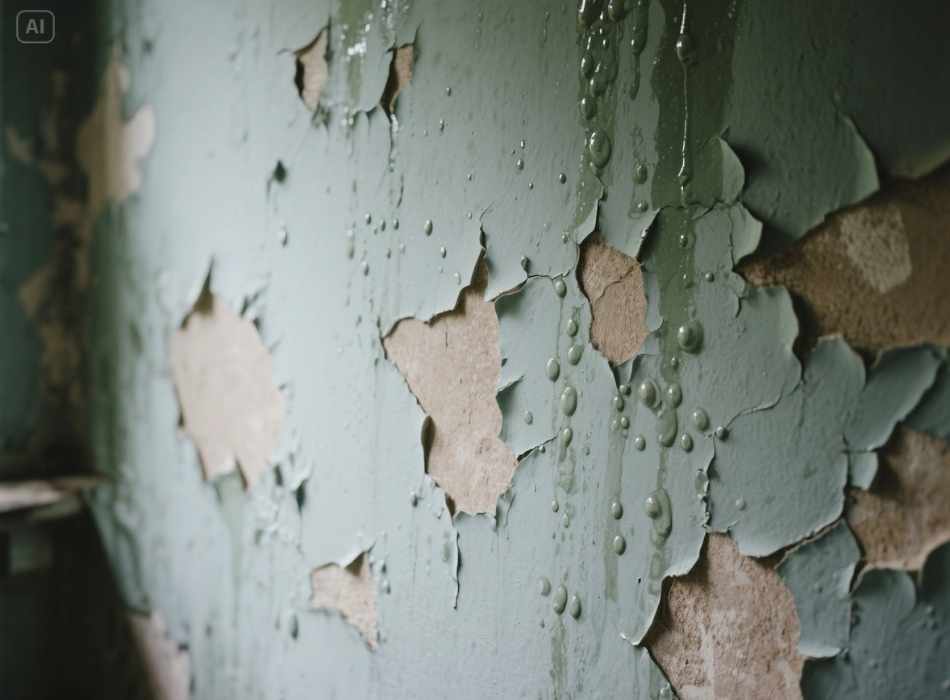
3. High Humidity or Moisture
Walls exposed to moisture are prone to peeling paint.
Symptoms of Moisture Issues:
- Bubbling paint before peeling.
- Damp areas or water stains on the wall underneath.
Why It Happens:
Humidity and moisture weaken the bond between the paint and the wall. Vapor pushes against the paint layer, causing it to lift.
How to Prevent It:
- Fix leaks or condensation issues before painting.
- Use a moisture barrier or choose paint designed to withstand high-humidity environments (like bathroom-specific paints).
- Ensure excellent ventilation during and after painting.
4. Painting Over Existing Damage
If the wall you’re working on already has cracked, peeling, or flaking paint, adding a new coat on top will only exacerbate the problem.
Why This Happens:
The new layer of paint doesn’t bond with the wall itself but instead bonds to the damaged paint layer. When the old layer fails, everything comes off in one go.
How to Fix It:
- Remove all flaking or peeling sections of paint using a scraper or sandpaper.
- Patch damaged areas with filler or spackling compound before applying primer and paint.
5. Applying Paint Too Thickly
Have you ever wondered if applying a thick coat will save you time? Unfortunately, thick layers of paint often trap air pockets between the paint and the wall.
What Happens:
When the paint dries unevenly, the trapped air weakens the bond, leading to peeling over time.
Solution:
- Apply multiple thin coats instead of one thick layer.
- Allow proper drying time between coats as recommended by the paint manufacturer.
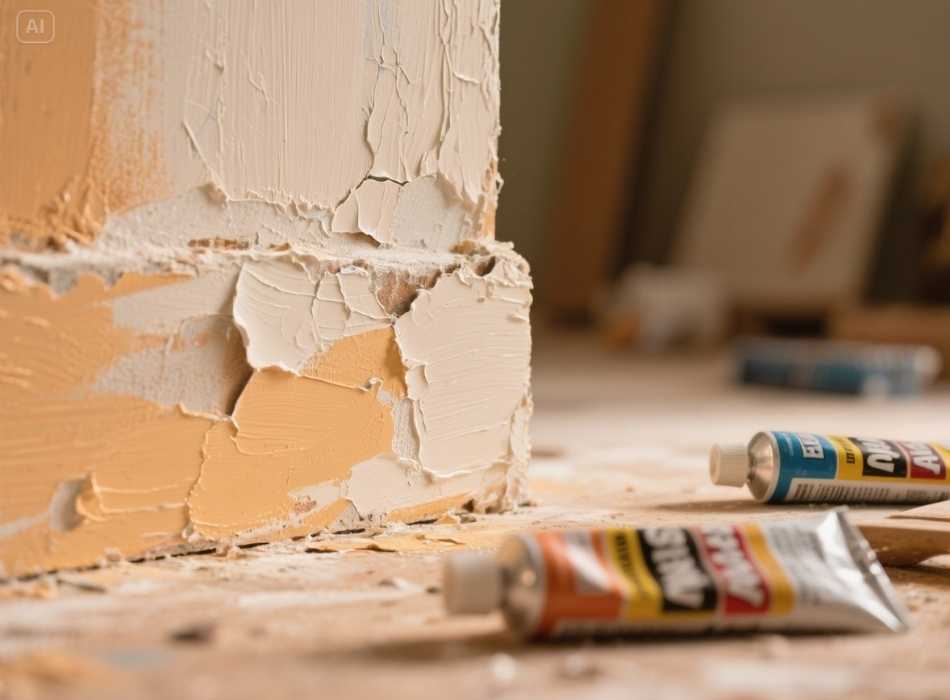
6. Low-Quality Paint
Not all paint is created equal. Cheaper paints often lack the binding agents needed for strong adhesion.
Indicators of Low-Quality Paint:
- Uneven coverage and difficulty spreading.
- The paint feels chalky or brittle once dried.
- Signs of peeling or cracking within weeks.
How to Avoid This:
Invest in high-quality paint from trusted brands. While it may cost more upfront, it will save you time and money in the long run by lasting longer and performing better.
7. Temperature Fluctuations During Drying
Extreme temperatures or sudden changes during the drying process can cause adhesion failure.
What Goes Wrong:
- Painting in cold or hot conditions prevents paint from curing properly.
- Fluctuations between day and night temperatures can add stress to the paint layer.
Tips for Success:
- Follow temperature recommendations on the paint can.
- Avoid painting if the weather is too hot, too cold, or overly humid.
How to Prevent Paint Peeling in the Future
If you’re ready to take preventative steps to ensure your walls are flawless, follow these golden rules:
Prep Like a Pro:
Dedicate time to cleaning, sanding, and priming your walls. Proper preparation creates the perfect canvas for your next project.
Pick the Right Tools:
Use high-quality brushes and rollers designed for your surface type. The right tools ensure even coverage and better adhesion.
Use Quality Products:
Always choose trusted brands for paint, primer, and sealants. High-quality materials are less prone to failure.
Paint in the Right Conditions:
Choose a day with moderate, stable temperatures and low humidity. Proper drying conditions make a significant difference.
Maintain Your Walls:
Regularly inspect your walls for signs of moisture, dirt, or cracking. Keeping walls clean and dry prevents peeling paint over time.
Your Next Steps to Picture-Perfect Walls
Now that you know why paint peels in one layer and how to prevent it, your next painting project can go smoothly. Remember, preparation is the key to success. Taking the time to clean, prime, and paint under the right conditions will ensure long-lasting and stunning results.
Do you have any more questions about your painting project? Leave a comment below or contact our expert team for personalized advice. Happy painting!

